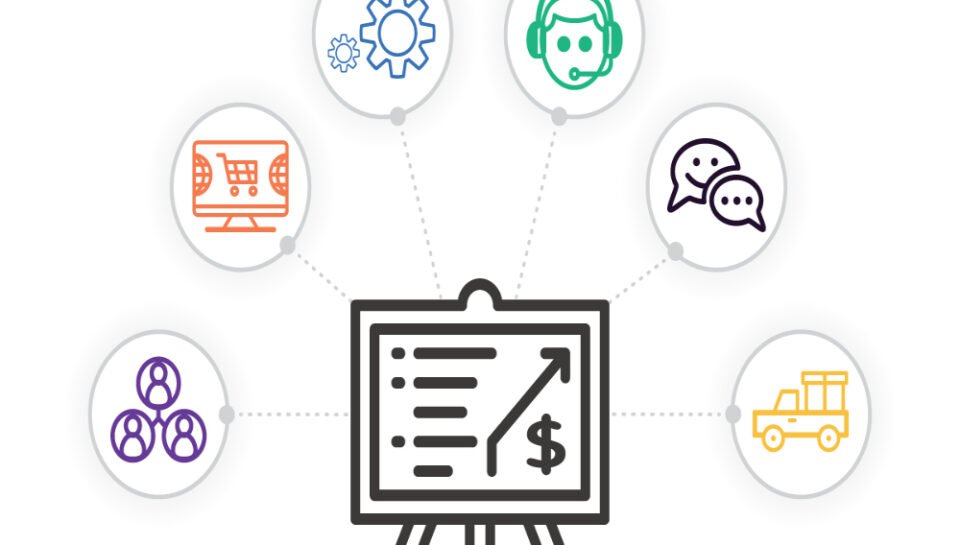
How do startups identify the right systems to integrate?
Assess Business Needs and Bottlenecks
- Identify manual tasks that could be automated or streamlined.
- Pinpoint areas where data silos or communication gaps exist.
- Evaluate the time and cost impact of disconnected workflows.
- Prioritize systems critical to customer experience or operations.
- Focus on processes where integration yields the highest ROI.
Map Current Tools and Workflow Dependencies
- List all platforms used across departments (CRM, billing, HR, marketing).
- Understand how data flows between teams and tools.
- Identify duplicate tools or overlapping functionalities.
- Examine compatibility between existing systems and desired outcomes.
- Spot any tool gaps where integration could eliminate friction.
Engage Stakeholders Across Departments
- Gather feedback from users about pain points and inefficiencies.
- Consult department leads to align integration goals with team needs.
- Include IT, product, and operations in technical evaluation.
- Validate integration priorities based on end-user experiences.
- Ensure alignment between business, technical, and compliance perspectives.
Review Integration Capabilities and Documentation
- Check if existing tools offer native integrations or public APIs.
- Evaluate the availability of third-party connectors or middleware support.
- Analyze vendor support and community documentation.
- Compare integration options across cost, speed, and scalability.
- Validate long-term compatibility with startup growth plans.
Test and Measure Value with a Pilot
- Start with one or two high-impact integrations before scaling.
- Use pilot projects to validate tools, workflows, and data accuracy.
- Gather metrics on time savings, error reduction, and productivity.
- Refine integration strategies based on real-world performance.
- Scale gradually with a prioritized roadmap and learning insights.





